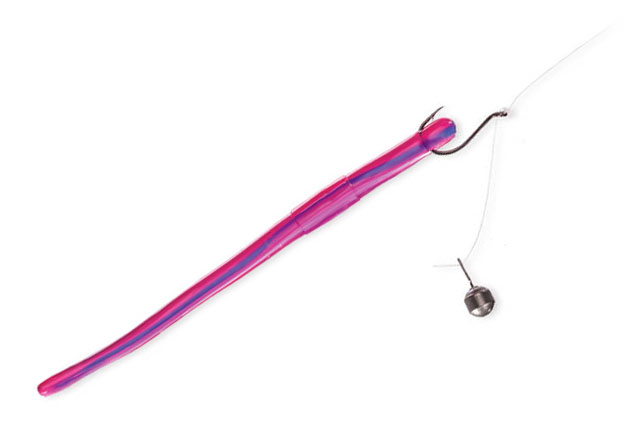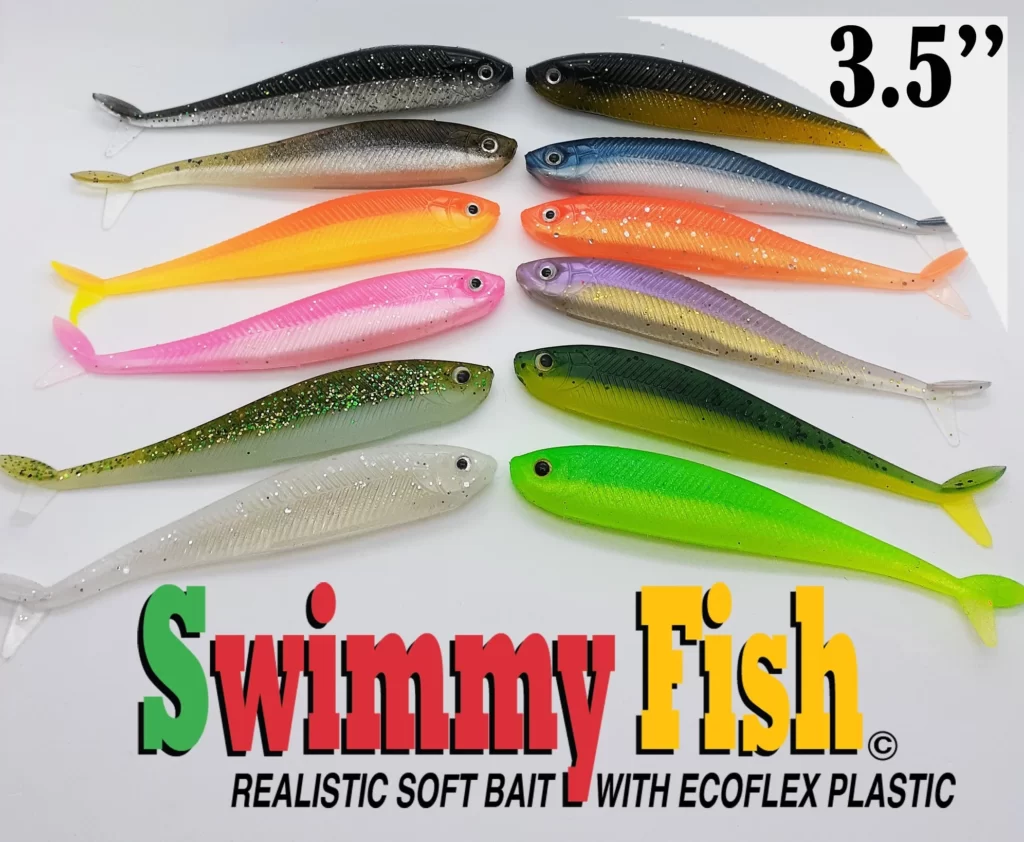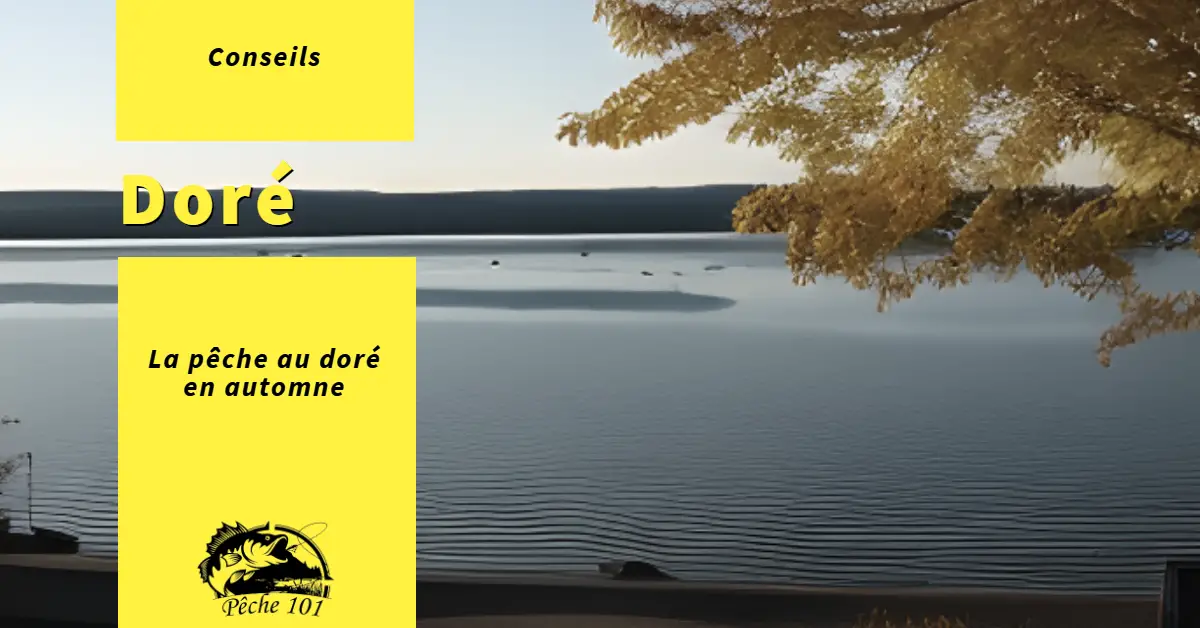To successfully fish for walleye in autumn, it is essential to understand the habits of this species and adapt fishing techniques to the particular conditions of this season.
Walleyes prefer deep water, and their ultra-high vision in the dark enables them to hunt effectively in dark, cold waters.
Article content
Key points
- Choosing the right lures for fall walleye fishing
- Adapt your techniques to follow walleye's seasonal habits
- Respect regulations and adopt a responsible fishing ethic
Understanding Autumn Walleyes
During the autumn season, walleyes are more accessible as they gather and become more active. At these times, look for areas with shallow rock formations and a noticeable current nearby.
To maximize your chances of success, it's important to understand walleye behavior in autumn. Walleye and hybrids tend to congregate on the edges of the seaway, usually between 25 and 45 feet deep. Keep this in mind when looking for the best spots to walleye fishing.
Use suitable lures to attract walleye.
Walleye lures come in 3 main families: jigs, soft lures and paddle lures (crankbait).
The choice of lure will depend on the region where you fish and the local preferences of the fish. Feel free to experiment with different models and colors to find the most effective combination.
Finally, knowing the differences between walleye species is essential for correct identification. The walleye has a more elongated, cylinder-shaped body, a small size (average length 20-30 cm), cheeks with rough scales, a first dorsal fin with a light membrane and dark spots, and dark patterns generally present on the flanks.
Autumn Walleye Fishing Techniques
In autumn, walleye fishing can be very fruitful if you know the right techniques for catching these fish when they are most active. Here are some tips for adapting your fishing methods during this season:
1. Trolling : Use lures like Storm's thinfins for this technique, which involves slowly moving your boat forward while dragging the lures through the water. Walleyes are often attracted to these movements in autumn, increasing your chances of success.
2. Jigging: This technique uses a hook attached to a lure and is very popular for fall walleye fishing. Try different types of lures, such as crayfish, senkos or popper jerkbaits, to find the one that works best for you.
3. The drop shot : Another effective way to fish for walleye in autumn is to use the drop shot technique. Hook a lure a few centimetres above a sinker on your line and let it sink to the bottom. This method allows you to reach walleye, which are often found in deeper areas during this season.

4. The Ned Rig: This technique involves using a barbless hook with a soft, elongated lure. The Ned Rig can be used to imitate different types of prey, which can attract the attention of walleye in autumn.
Choice of Lures for Autumn Walleye Fishing
In autumn, walleye fishing requires particular attention to lure selection. Here are a few tips for selecting effective lures this season.
First of all, soft lures are an excellent option for fall walleye fishing. These lures generally imitate realistically walleye's natural prey, such as small fish or worms. Popular soft lures include Pocket Worm, Paddle Fish and Swimmy Fish.
- Pocket Worm : Part of the soft lure family, the Pocket Worm is ideal for vertical jigging. This lure imitates worms and is ideal for reaching deep walleye.
- Paddle Fish This soft lure has a paddle-shaped tail that generates vibrations and attracts the attention of walleye. The Paddle Fish is used as a drop shot, but can also be used as a vertical or horizontal jig to vary fishing techniques.
- Swimmy Fish This latest soft lure imitates a small swimming fish. It is particularly suitable for drop shot fishing. Like the Paddle Fish, it can also be used for vertical and horizontal jigging.

In autumn, dark or natural colors are generally preferred. Feel free to vary shades and patterns to determine which combination works best with walleyes, depending on fishing conditions and their behaviour at this time of year.
Rod and reel for walleye
First of all, adapt your equipment, in particular by using a spinning cast in Medium Light (ML) or Medium (M) power if there's current or if the spot is deep.
Use a size 2500 reel and 10- to 15-pound braid. Also, use a long fluorocarbon leader to increase your chances of success. You can add 1 foot of fluorocarbon leader to your braided line.

Frequently asked questions
What to use for fall walleye fishing?
To fish for walleye in autumn, you can use soft lures, spoons, jigs and hard lures. Soft lures imitate natural prey and are effective in colder waters. Spoons and jigs can be used to provoke walleye aggression in autumn.
What technique should I use for river walleye fishing?
In rivers, lure fishing is an effective technique for walleye fishing. We recommend using lures that imitate fish and crayfish, as well as soft lures and spoons to explore the area in depth and width. Don't hesitate to vary techniques and pace to find walleye.
The best lures for fall walleye?
Among the best lures for walleye in autumn are soft lures such as shads and grubs, wobbling and spinning spoons, as well as paddle jigs and hard lures such as crankbaits or jerkbaits. Adapt your choice of lure to suit fishing conditions and walleye preferences.
How to jig walleye in autumn?
To jig walleye in autumn, use a sensitive rod and light reel. Start by casting your jig near structure or shelter where walleye might be. Let the jig hit the bottom, then bounce it by lifting the rod slightly while bringing the line back. Pay attention to the bites as you bring the jig down.
When is the best time to fish for walleye in autumn?
The best time to fish for walleye in autumn varies according to weather conditions and the body of water. However, in general, dawn and dusk are good times to fish for walleye, as they are more active during these periods. Cloudy and rainy days can also offer good opportunities for walleye fishing.
How do you adapt your walleye fishing strategy to fall conditions?
To adapt your fall walleye fishing strategy, take into account factors such as water temperature, weather conditions and the presence of prey. The lower the water temperature, the more you'll need to choose slow techniques. Vertical jigging with a slow drift, drop shot and trolling on structures are recommended. Observe walleye reaction to different lures and techniques to adjust your approach to their preferences.
Fishing regulations and ethics
Visit regulations on walleye fishing is in place to protect this species from overfishing and ensure the renewal of its populations. As a responsible angler, it's important to know and respect these rules.
In terms of captures and size limits, the 2016-2026 Quebec Walleye Management Plan introduced significant changes. The minimum size limit of 32 cm has been replaced by an exploited range of 37 to 53 cm, with the possibility of retaining walleye over 53 cm for fishing zones 16, 17 and 22. Limits also vary for other areas, such as 33, where the exploited range is 32 to 47 cm.
To check the authorized limits in your fall walleye fishing area, consult the information provided by the Quebec government and select the relevant fishing area.
It is also essential to ensure that you are in possession of a valid sport fishing license for the period in question.
Rules specific to certain species, such as salmon, do not generally apply to walleye fishing; however, it is always advisable to consult local regulations for restrictions and permitted fishing methods.
Finally, to fish responsibly, follow good practice in handling and releasing caught fish.
Avoid injuring them unnecessarily and release them in the best possible conditions if you don't want to keep them.
By following these tips, you'll be helping to maintain sustainable, ethical fishing, while enjoying an activity that's both enjoyable and respectful of the environment and species.

